About Peat Moss
What is Peat Moss
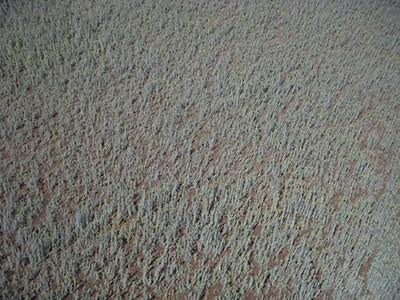
- Sphagnum peat moss is a partially decomposed sphagnum species whose unique cellular structure consists of large cavities that absorb air and water like a sponge.
- Peatlands are wetland ecosystems that are characterized by the accumulation of partially decomposed sphagnum moss.
- It is estimated that peatlands in Canada cover 113 million ha, with less than 0.015% having been harvested.
- Over 70 million tonnes of peat accumulate each year within Canada, with only 1.3 million tonnes being harvested by Canadian peat moss companies.
- In other words, every year there is a significant net increase in Canada’s sphagnum peat resources.
How is Peat Moss Used
- Sphagnum peat moss is a natural, organic soil conditioner that regulates moisture and air around plant roots in order to establish ideal growing conditions.
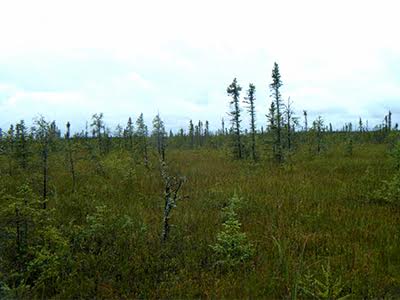
- Specifically, peat moss helps to:
- Save Water. Peat moss retains up to 20 times its weight in moisture, and releases water slowly as plants need it. As a result, peat moss can actually help growers to conserve water during the growing process.
- Aerate Heavy, Clay Soil. Peat moss allows for proper root development by loosening and aerating soils.
- Bind Sandy Soil. Peat moss adds body to sandy soil, helping it to retain moisture and nutrients.
- Reduce Leaching. Peat moss reduces leaching of nutrients in or added to the soil, releasing them slowly over time thereby reducing the amount of fertilizer used.
- Protect Soil. Peat moss protects soil from hardening and adds organic material.
- Make Compost Better. Peat moss speeds the composting process, reduces odors and controls air and water in the compost pile.
- As a result, peat moss is an ideal growing medium for:
- vegetables and flowers;
- lawns and lawn repairs;
- transplanting trees and shrubs;
- composting; and
- gardening
How is Peat Moss Harvested
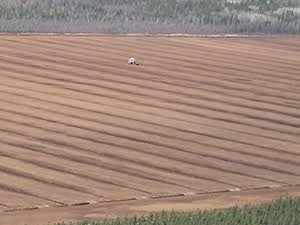
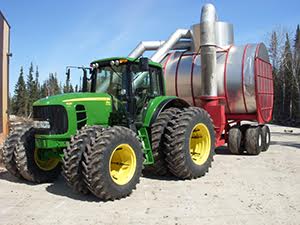
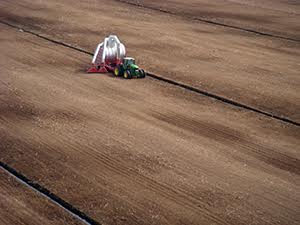
Surface Preparation and Drainage Plan
- The surface vegetation is generally mulched and tilled into the uppermost layer of peat.
- The water level within the bog is reduced by about 25% by slowly directing the water off-site in a controlled manner.
- Drainage is facilitated by field ditches (approx. 100 ft. apart) flowing to the main drainage ditches that flow into sedimentation ponds that discharge effluent through outlet ditches.
- The sedimentation ponds retain surface water to maximize the settlement of suspended peat particles prior to directing the water off-site.
- Once the water table has been lowered, the fields are crowned to direct water toward the field ditches, and the remaining peat area between the drainage ditches is then harrowed, leaving a layer of loose peat to dry naturally in the sun.
Vacuum Harvesting
- When the surface peat has dried to the desired moisture content, it is collected by vacuum harvesters and either stockpiled on the field, or hauled directly to the processing plant or to an adjacent storage area.
- Areas where loose peat have been vacuumed are immediately turned over by a rotary harrow and the process of creating a layer of loose peat to dry in the sun is repeated.
- Typically, over the course of the summer, a layer from 6 to 10 cm, will be harvested from a peat bog.
Processing and Distribution

- Screening. Harvested peat moss is transported to a processing plant where it passes through a series of star screens in order to remove the remaining roots and sticks from the vacuum-harvested peat. Sunterra currently uses three different star screens, ranging from 1/8” up to 3/8”, each of which is comprised of two nine foot sections controlled by variable speed drives. This enables Sunterra to provide its customers with custom blends that can increase or decrease the desired amount of coarse peat particles.
- Packaging. Screened peat is then passed through a compression baler, where the loose peat is compressed, baled and packaged into either 64 or 135 cubic foot bales.
- Distribution. The compressed bales are then palletized, stacked and stored in preparation for shipping. Typically, between 24 and 26 pallets are loaded on each tractor-trailer and delivered by rail and/or roadways to our customers throughout North America.
Restoration
Sunterra, along with the other members of the Canadian Sphagnum Peat Moss Association (CSPMA), have funded numerous peatland restoration research projects, including projects related to:
- the development of restoration techniques;
- plant recolonization after harvesting;
- the hydrology, geochemistry, microbiology of natural, harvested and restored peatlands; and
- peatland conservation strategies.
The results of these projects form the foundation upon which all Canadian peatland restoration techniques are based. Specifically, a Peatland Restoration Guide (a copy of which can be downloaded at the following link: http://tourbehorticole.com/wp-content/uploads/2015/07/Peatland_Restoration-e.pdf) details
Industry News
“Fast Facts About the Current State of Peat Moss” (Greenhouse Grower: May 25, 2023)




